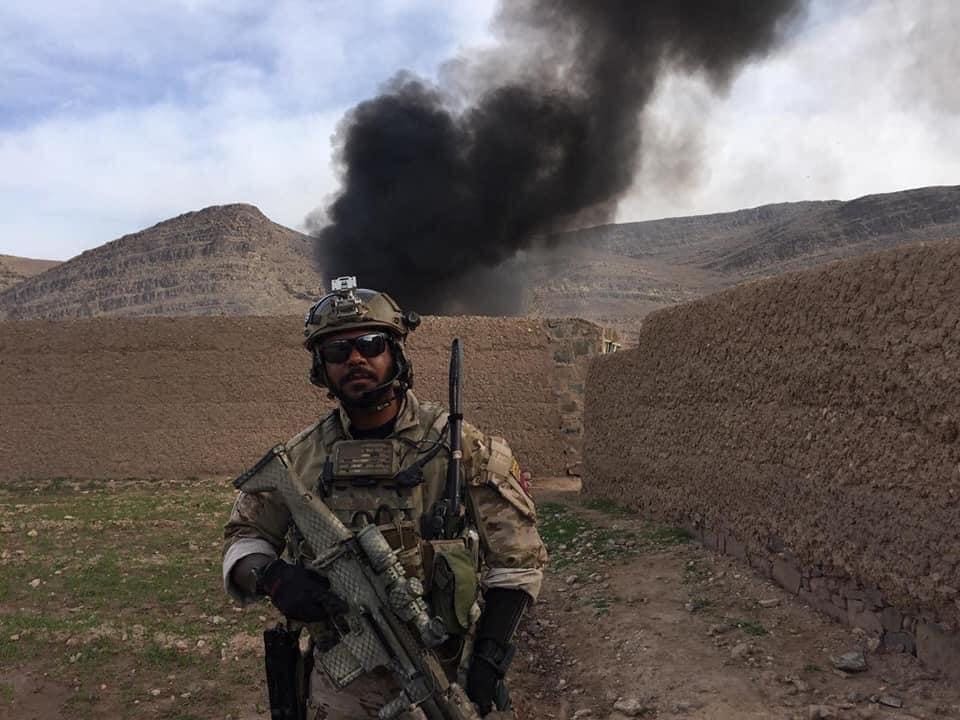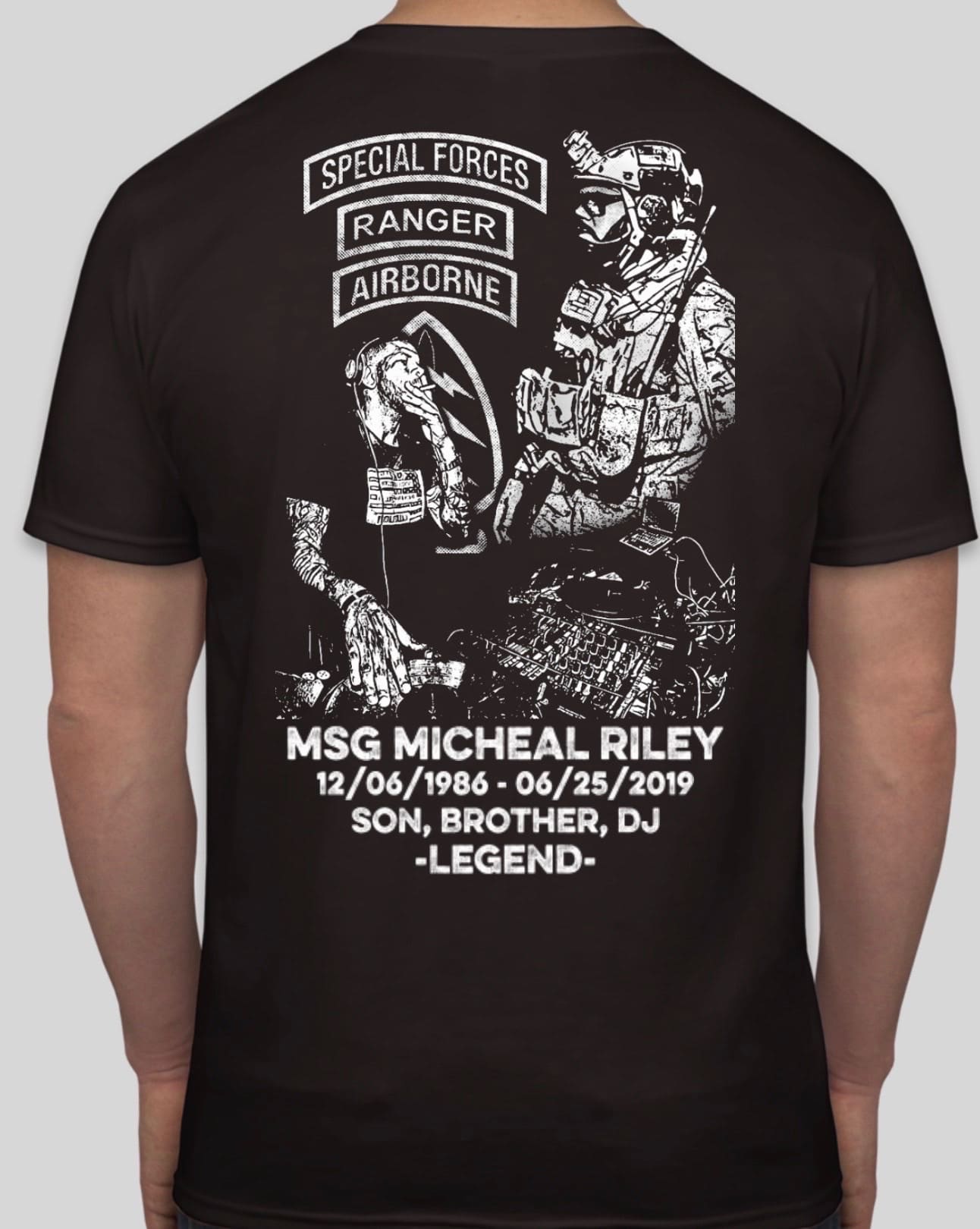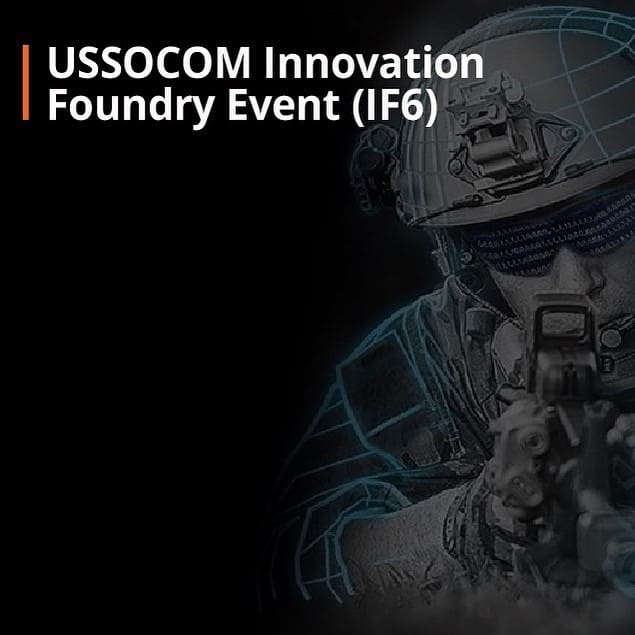
From 01-03 September 2020, SOFWERX will host USSOCOM Virtual Innovation Foundry Event (IF6) which covers AI for Maritime Maneuver, Intelligence, and Effects.
The objective of IF6 is to bring together Special Forces Operators and Subject Matter Experts to assist USSOCOM in understanding and applying digital age technologies to future operating environments as described in USSOCOM’s Operating Concept 2030.
SOCOM is seeking digital and intelligence age technologies such as robotics, artificial intelligence (AI), machine learning (ML), miniaturized sensors, cloud and edge computing, and secure autonomous communication networks to the military functions of maritime maneuver, intelligence, and effects to develop concepts that influence the future capability needs of SOF and inform its technology investments.
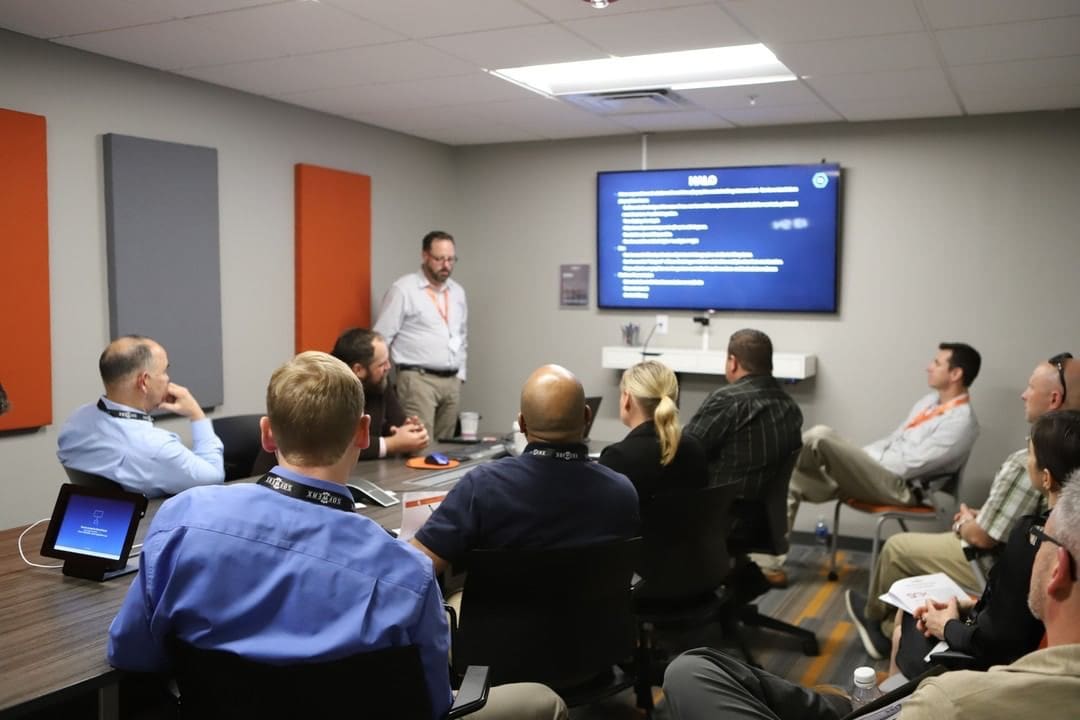
Attendees will work as teams focused on the following concept areas:
1. Enable SOF tactical and operational advantage while conducting multiple mission sets in a Maritime contested and denied environment.
• In the future operating environment, how will tactical level SOF conduct Maritime missions while maintaining real-time battlefield awareness of friendly forces/resources as well as enemy forces and resources?
• How can SOF team with and employ robotic autonomous systems to improve precision effects and minimize risk to personnel, maritime craft, systems, and overall mission?
2. Enable SOF to operate with non-lethal/lethal effects while managing personnel and electromagnetic (EM) signature in a sensor saturated Maritime environment.
• How does SOF deliver lethal and non-lethal effects, interoperate with the greater joint force, and mission command forces and network connected systems?
• How can SOF create and deliver effects that integrate traditional and non-traditional means and create dilemmas for enemy forces?
3. Enable SOF to communicate and operate in an EM contested and/or degraded environment.
• How can SOF send/receive information in denied and contested operational Maritime environments?
• How can SOF install, operate, and maintain a tactical network capable of sending and receiving secure and trusted information?
4. Enable SOF to maneuver their teams, provide intelligence, and deliver effects in an environment where traditional position, navigation, and timing (PNT) systems may not be operational or reliable.
• How can SOF utilize autonomous systems ranging in size and type to maneuver in unreliable PNT environments?
• How can SOF utilize unattended/unmanned and autonomous sensors in the maritime environment to provide a comprehensive intelligence picture?
• How can SOF manage signature while completing mission requirements?
5. Enable SOF to provide tactical, operational, and strategic options to the greater joint force through unique employment of emerging technology.
• How can SOF create windows of opportunity for the Joint Force in denied environments?
• How can SOF enable the Joint Force while preserving high-value fleet assets?
Request to Attend NLT 09 August 11:59 PM EST
US Citizens Only
For full details, visit events.sofwerx.org/IF6.


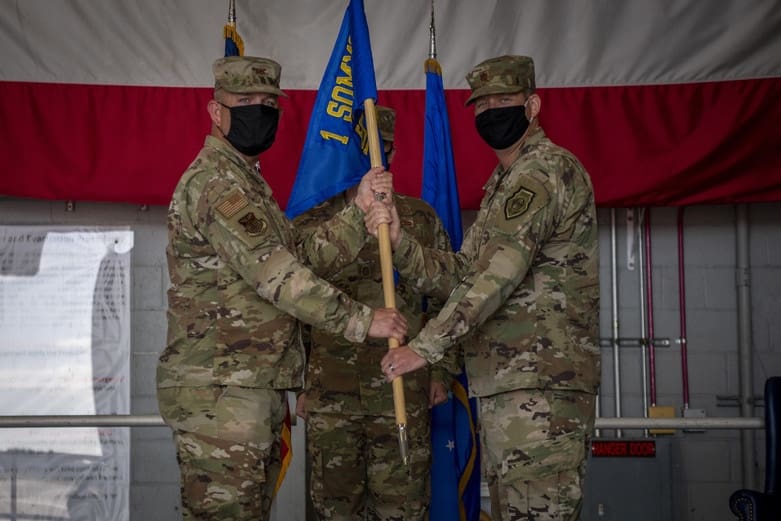
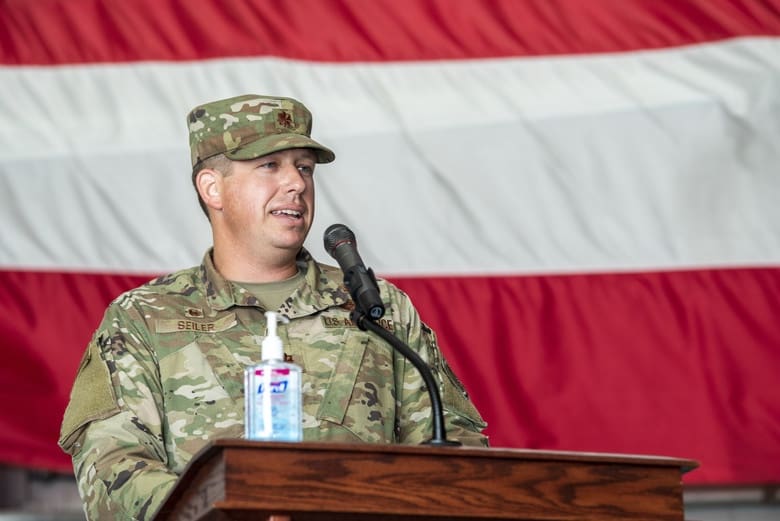
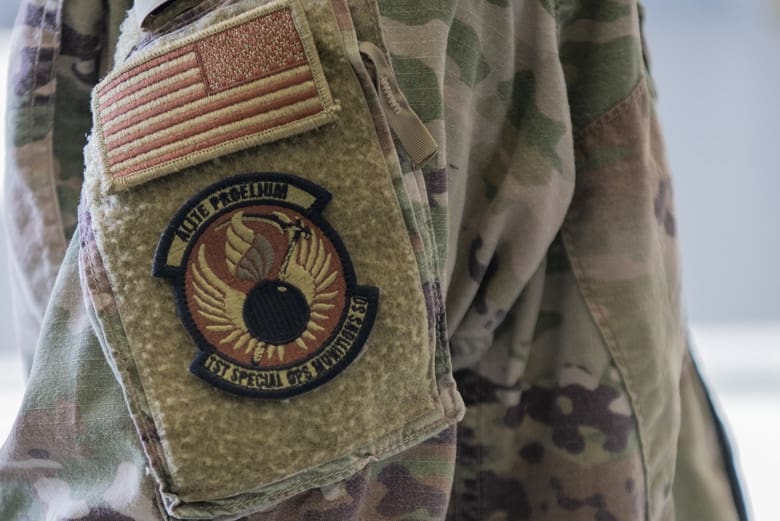
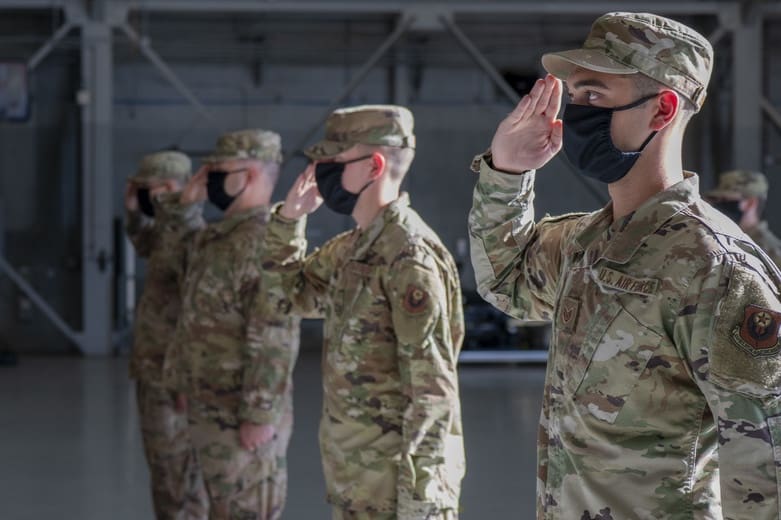
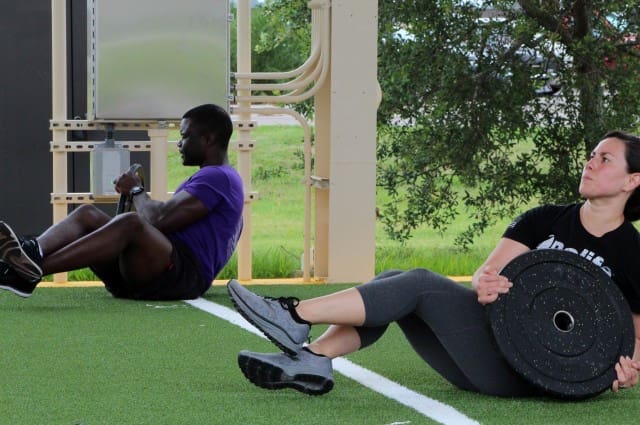
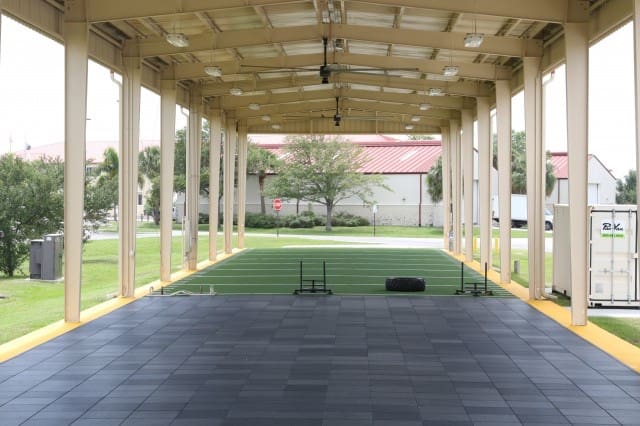
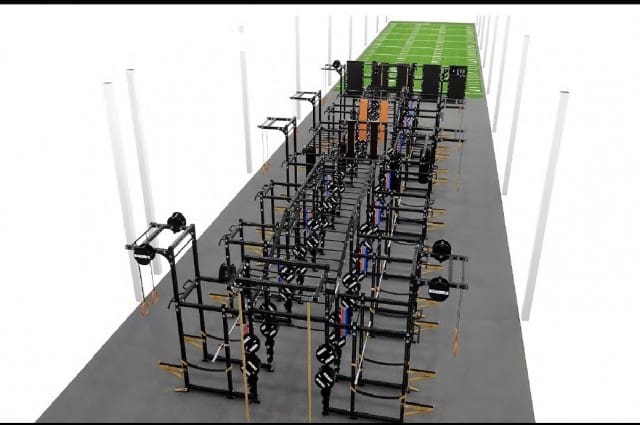
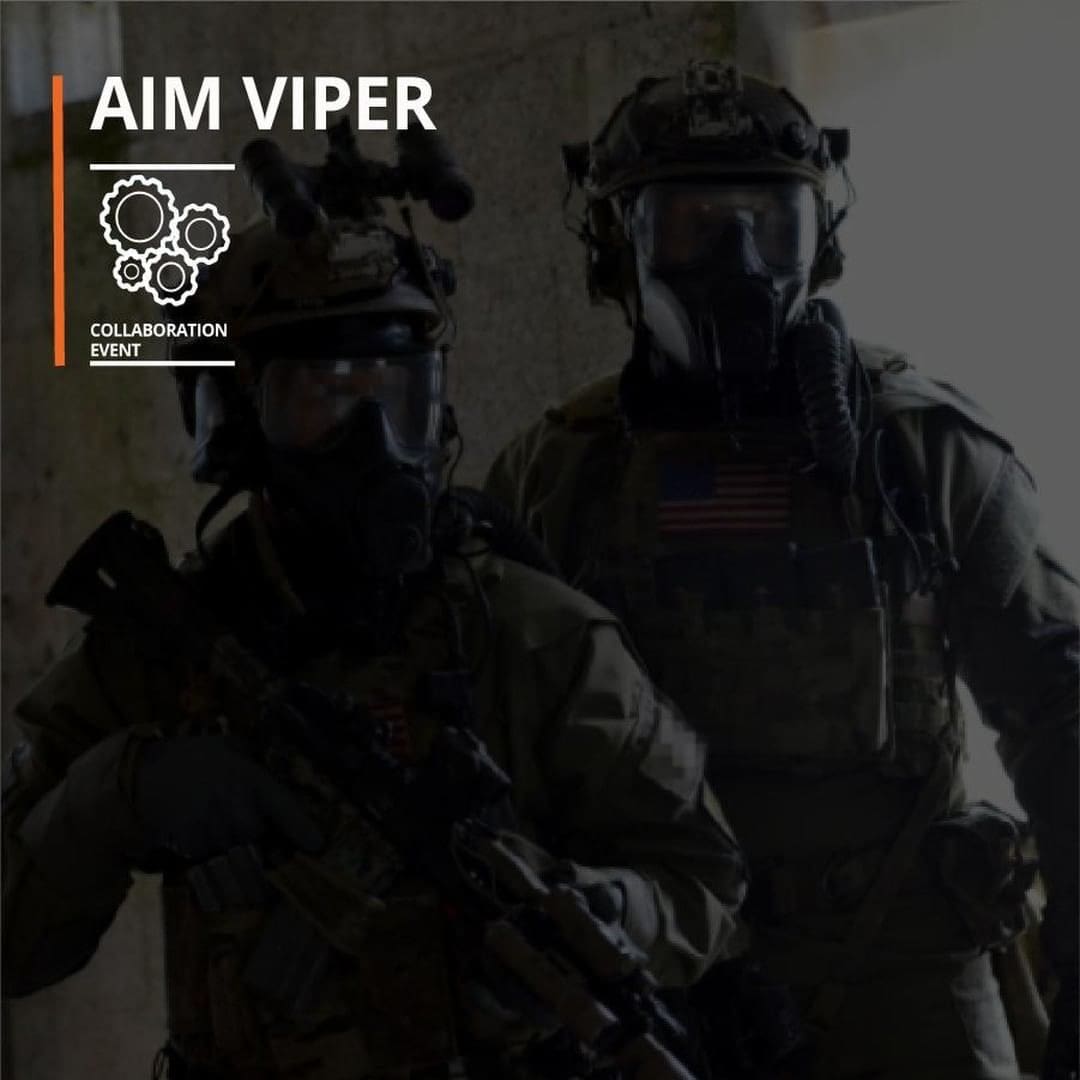
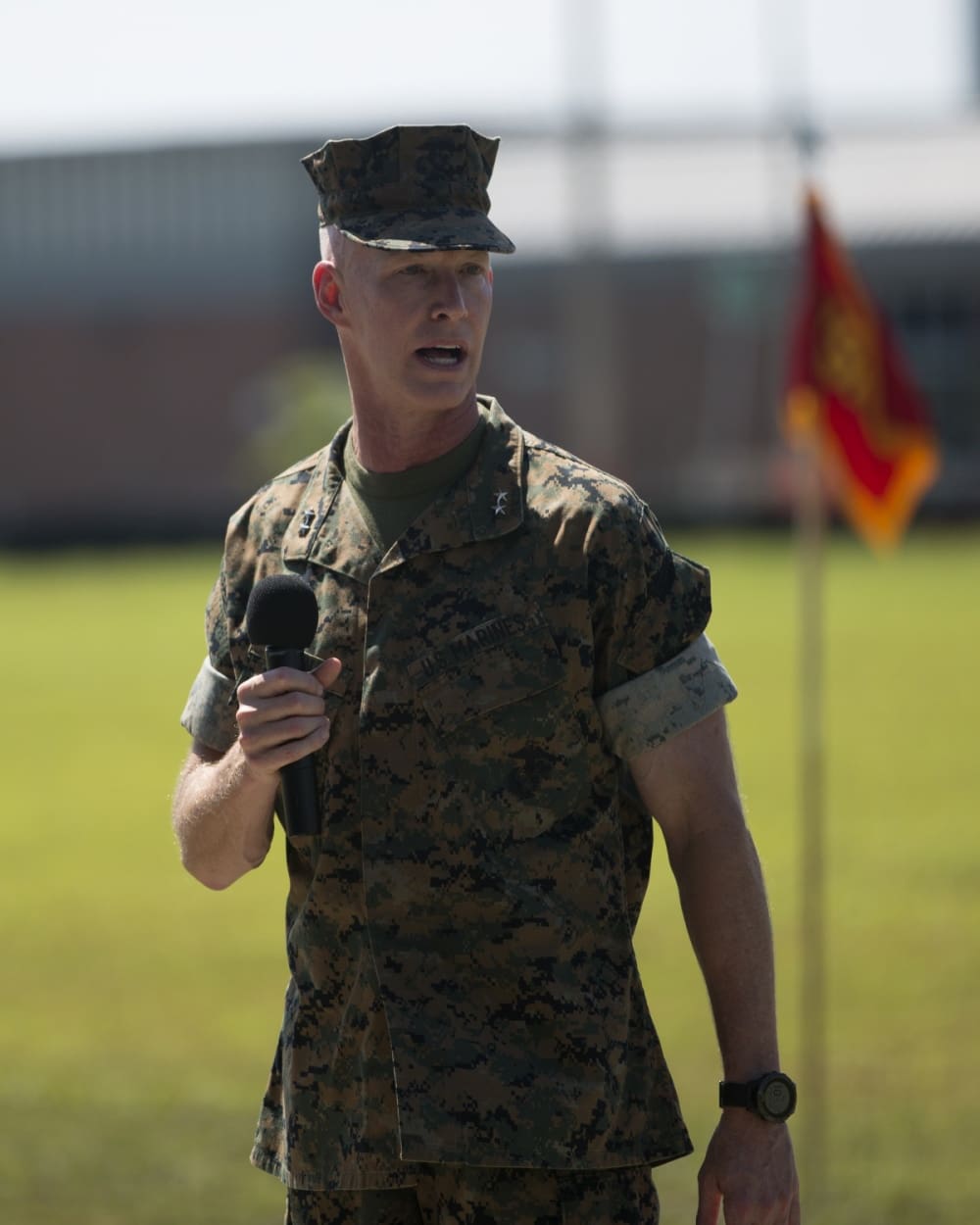
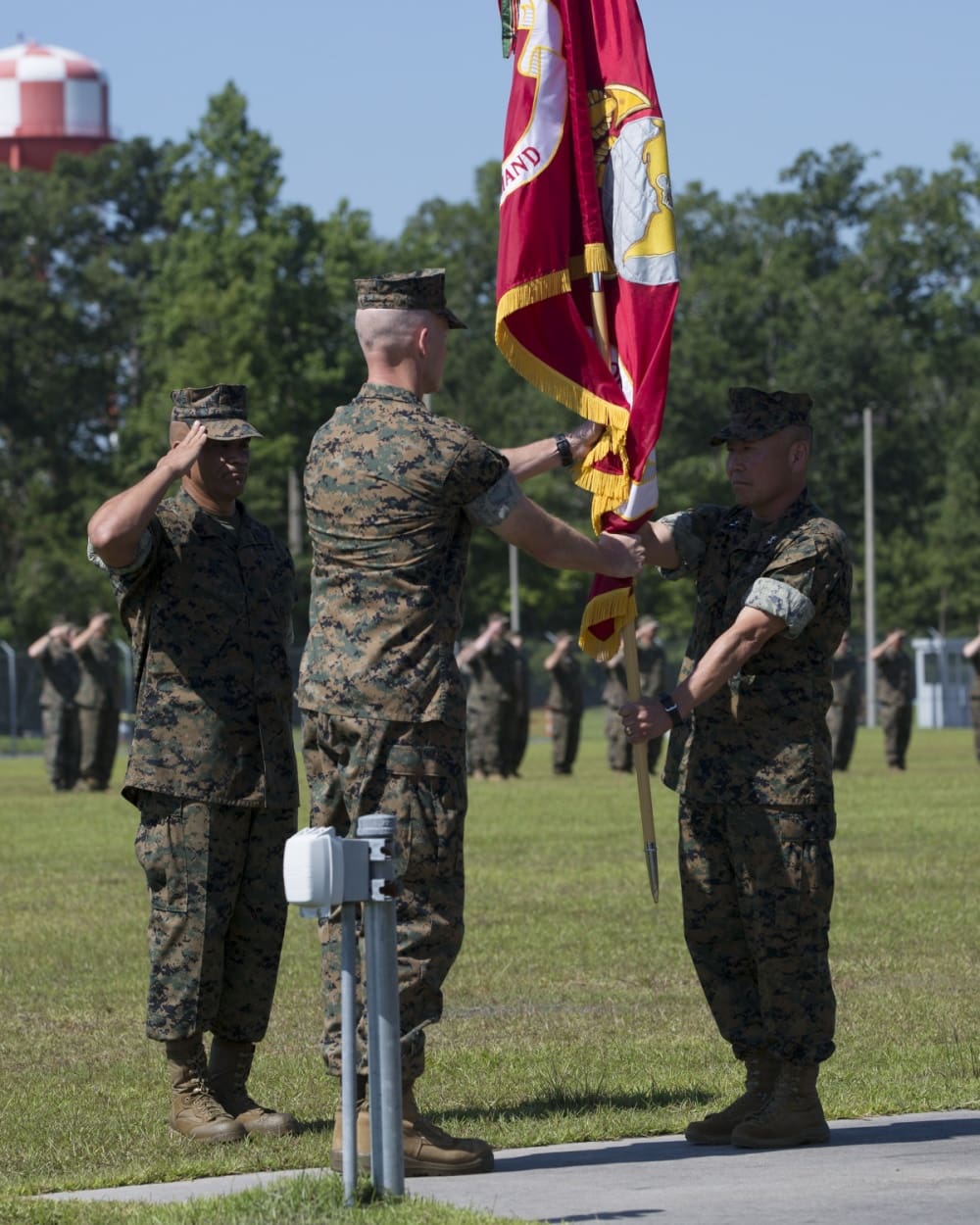
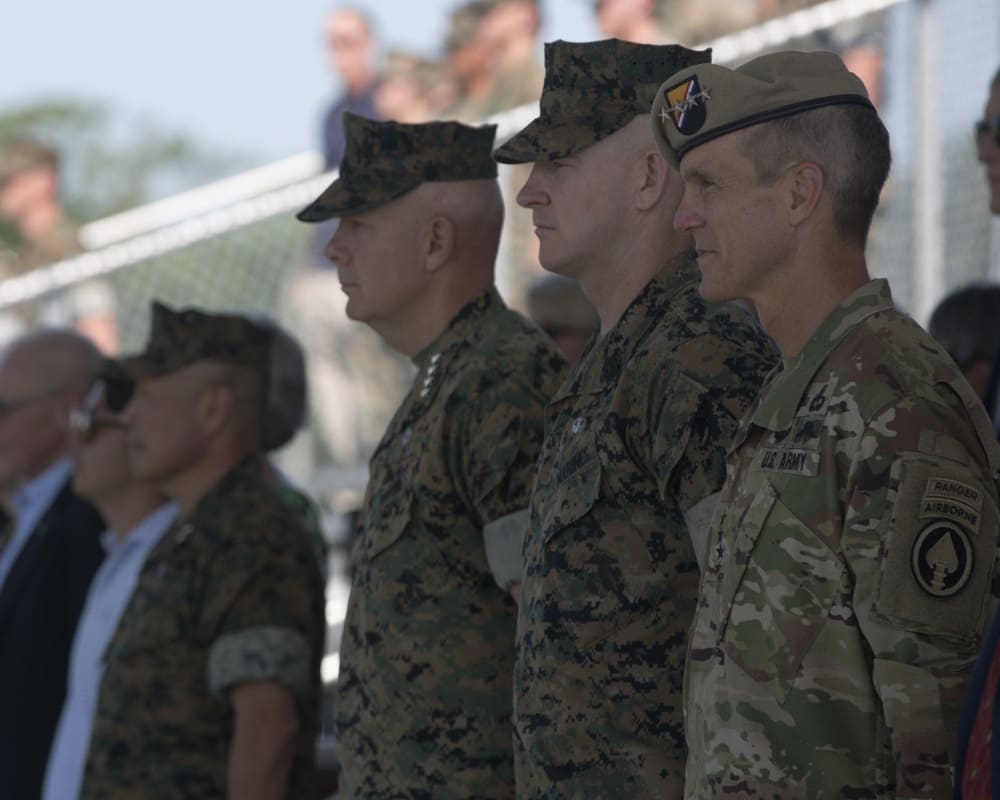
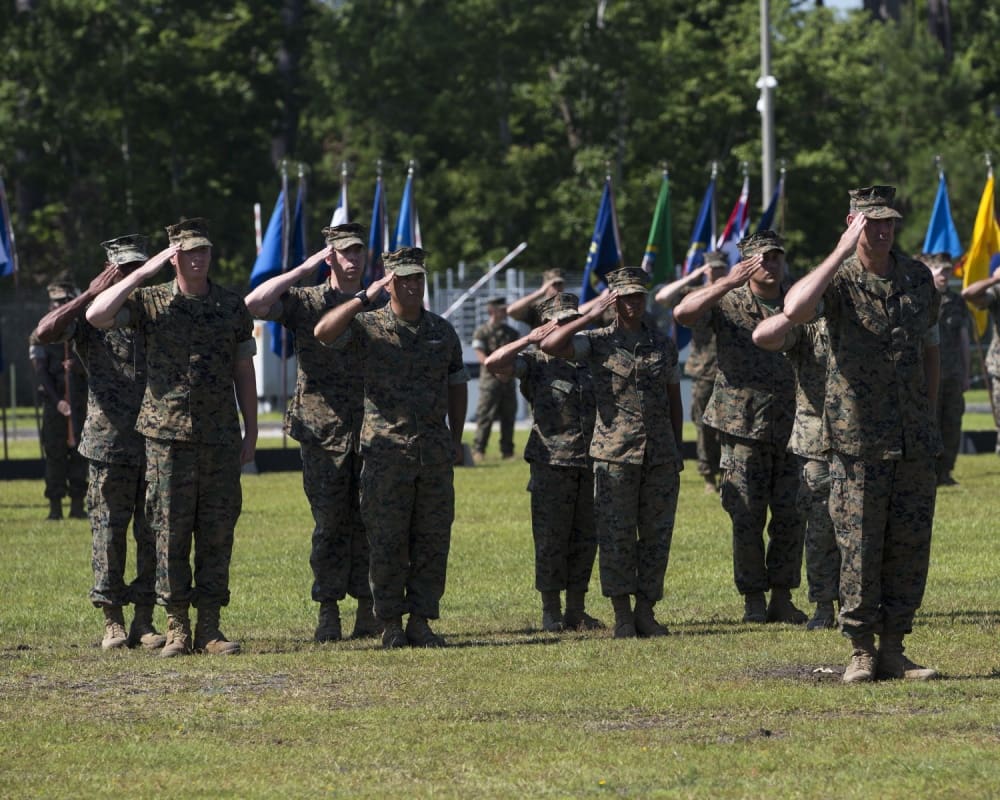
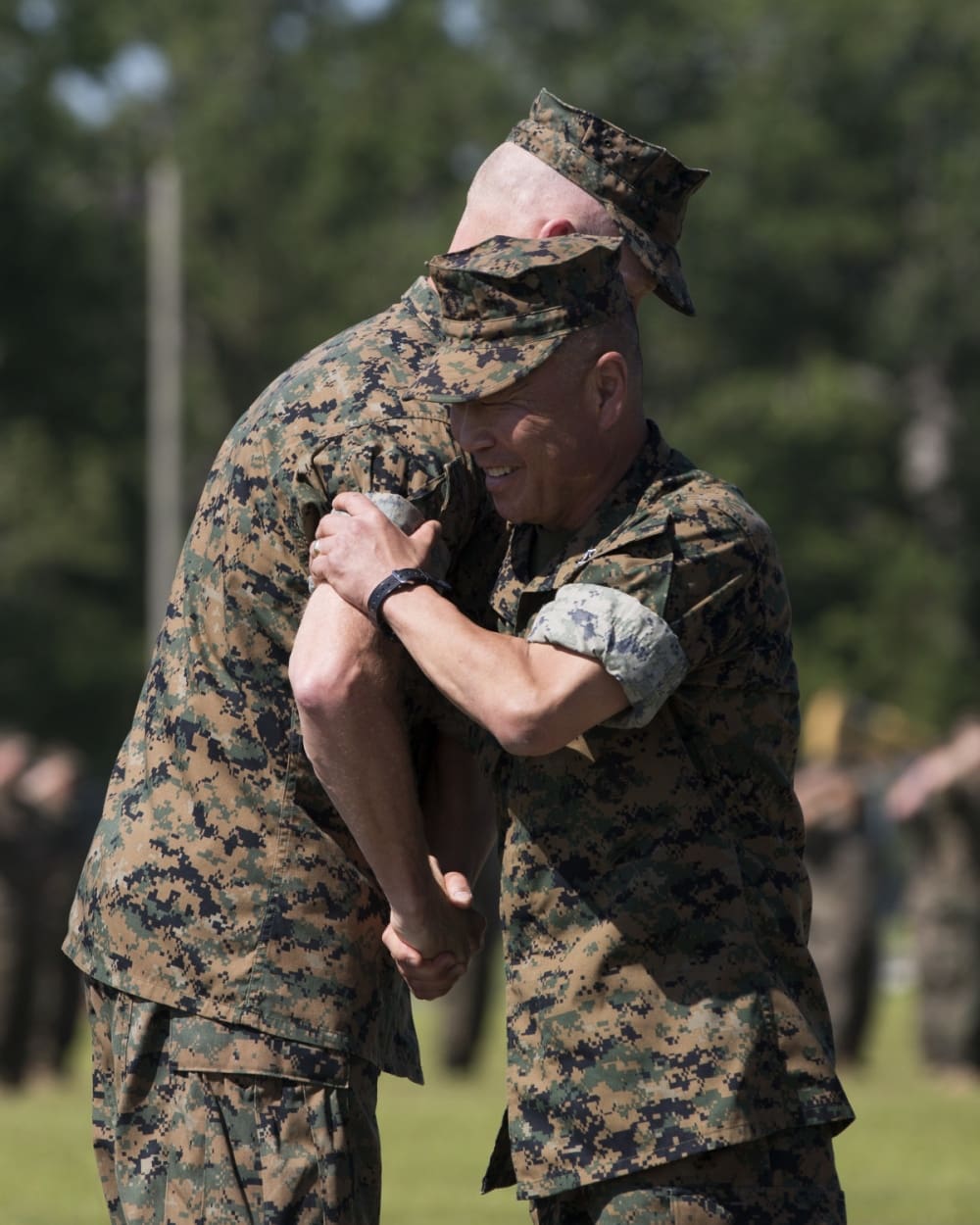
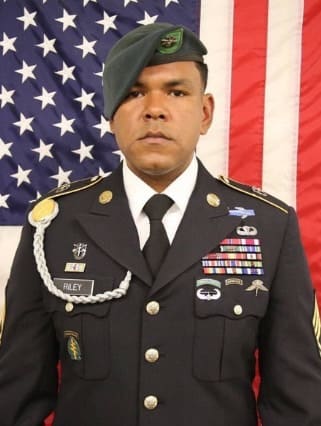 MSG Mike Riley was a legend. Next Thursday will mark one year from when Mike passed away. Master Sgt. Micheal B. Riley, was a Special Forces communications sergeant, assigned to 10th Special Forces Group (Airborne). He died on June 25, 2019, while engaged in combat operations in Afghanistan. Mike was known by many and loved by all who had the opportunity to interact with him. Not only was Mike a Green Beret with multiple deployments all around the globe, but he was also a very renowned and talented DJ.
MSG Mike Riley was a legend. Next Thursday will mark one year from when Mike passed away. Master Sgt. Micheal B. Riley, was a Special Forces communications sergeant, assigned to 10th Special Forces Group (Airborne). He died on June 25, 2019, while engaged in combat operations in Afghanistan. Mike was known by many and loved by all who had the opportunity to interact with him. Not only was Mike a Green Beret with multiple deployments all around the globe, but he was also a very renowned and talented DJ.